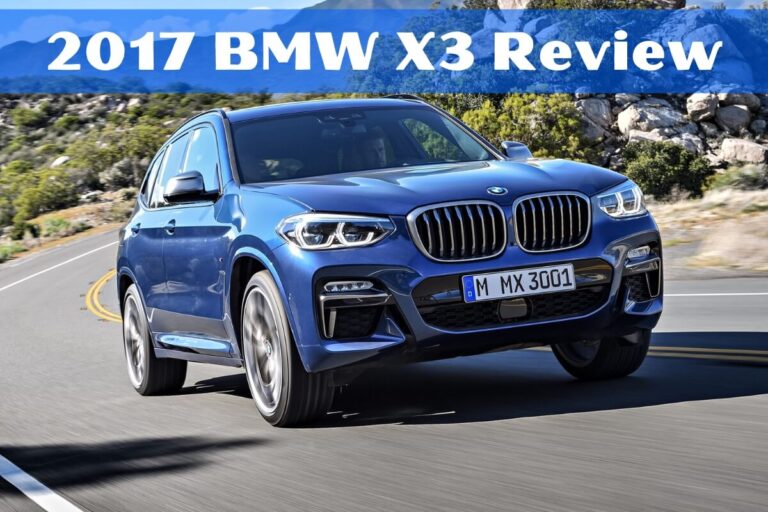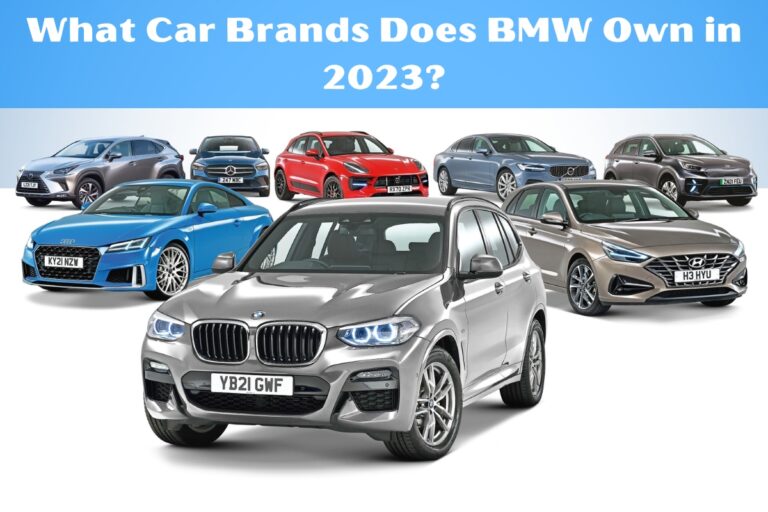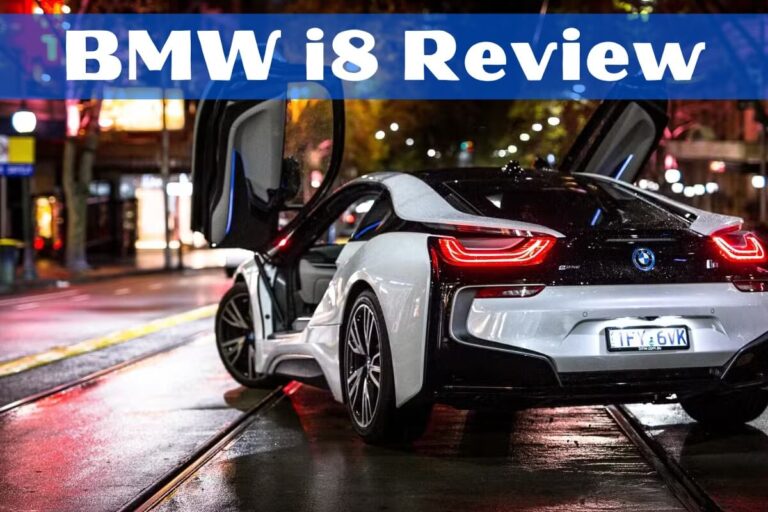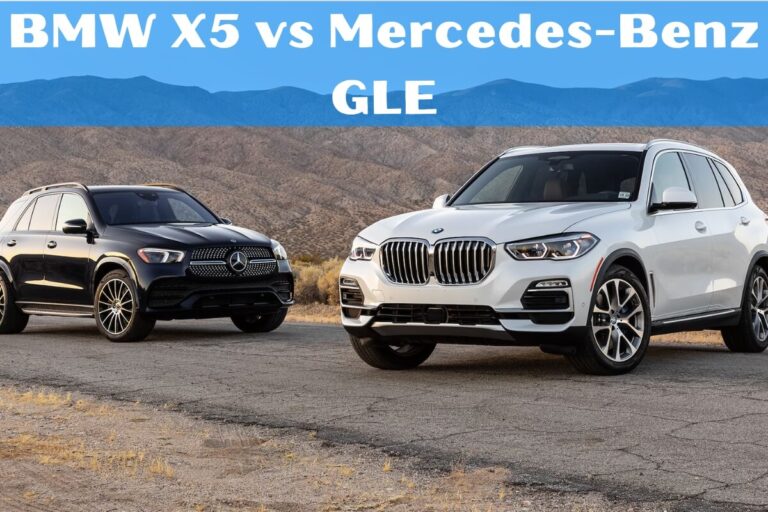Mazda CX-5 vs BMW X3: Compact Luxury SUV Showdown
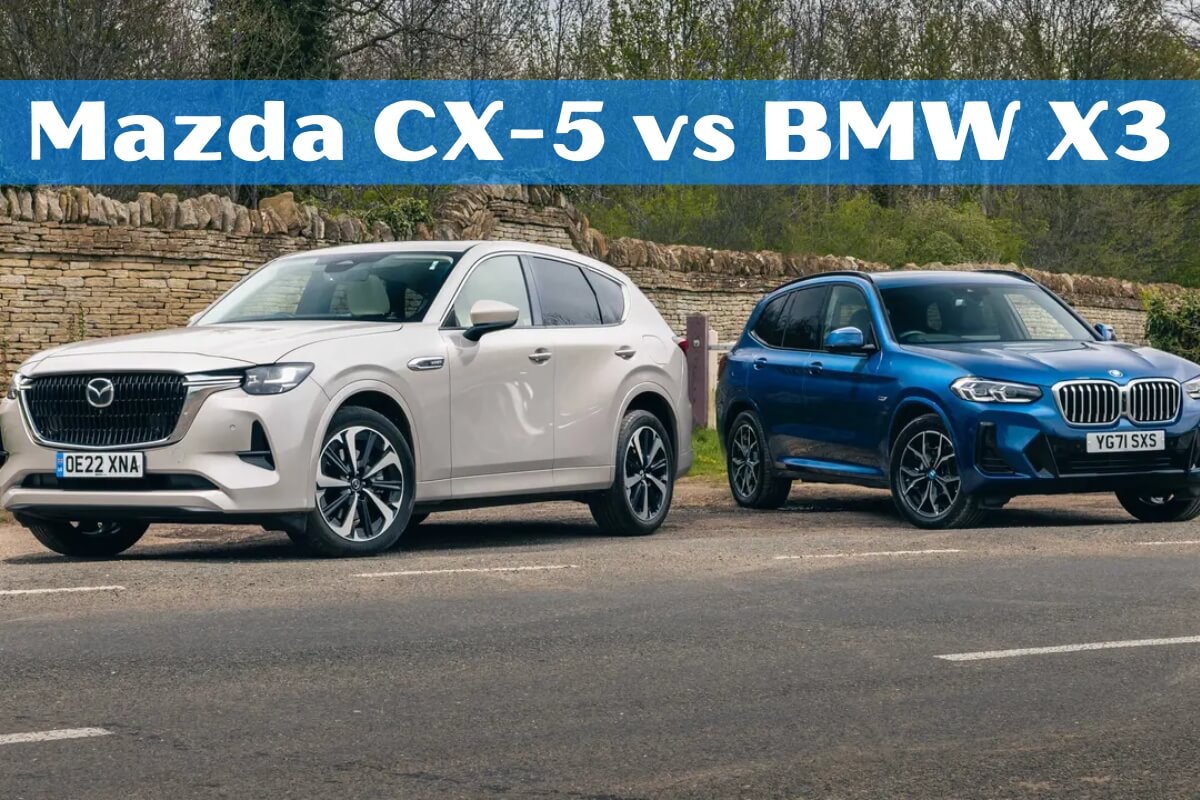
The compact luxury SUV market is packed, but two models rise to the top: the Mazda CX-5 and BMW X3. Both offer a winning mix of style, performance, and luxury features, but they take different approaches. The CX-5 is a stylish and agile underdog, while the X3 is a powerful and prestige badge. Which one fits your needs? Let’s explore their design, performance, features, and pricing to find out.
Exterior Design and Dimensions
The Mazda CX-5 and BMW X3 have distinct design philosophies that cater to different tastes. The CX-5 sports a sleek and modern exterior with Mazda’s signature Kodo design language. Its clean lines and sculpted body give it an athletic and upscale appearance.
The BMW X3, on the other hand, maintains a more traditional luxury SUV look. Its bold kidney grille, precise creases, and muscular fenders exude a sense of sophistication and power.
In terms of dimensions:
- The BMW X3 is slightly larger, measuring 185.9 inches in length compared to the CX-5’s 179.1 inches.
- The X3 is also wider at 74.4 inches versus the CX-5’s 72.5 inches.
- However, the CX-5 has a higher ground clearance of 8.5 inches, while the X3 sits at 8.0 inches.
- The CX-5 has a slightly lower curb weight, ranging from 3,552 to 3,825 pounds, compared to the X3’s 3,915 to 4,387 pounds.
Overall, the Mazda CX-5 offers a more compact and agile footprint, while the BMW X3 provides a larger and more imposing presence on the road.
Interior Space and Comfort
When it comes to interior space and comfort, both SUVs offer a premium experience, but with some notable differences.
The BMW X3 provides more front legroom at 40.3 inches, compared to the CX-5’s 41.0 inches. However, rear legroom is more generous in the Mazda CX-5, with 39.6 inches versus the X3’s 36.4 inches.
In terms of cargo space, the CX-5 holds a slight advantage. With the rear seats up, it offers 30.9 cubic feet of space, while the X3 provides 28.7 cubic feet. When the rear seats are folded down, the CX-5 offers 59.6 cubic feet, and the X3 provides 62.7 cubic feet.
Both SUVs can seat up to five passengers, but the CX-5 offers more headroom and legroom in the rear seats, making it a better choice for families or those who frequently transport passengers.
Infotainment and Tech Features
The infotainment systems in the Mazda CX-5 and BMW X3 are both user-friendly and feature-packed.
- Both vehicles come standard with a 10.25-inch touchscreen display that supports Apple CarPlay and Android Auto.
- The CX-5’s available Bose audio system features 10 speakers, while the X3 can be equipped with a 16-speaker Harman Kardon surround sound system.
- The BMW X3 offers a more comprehensive suite of driver assistance features, including adaptive cruise control with stop-and-go functionality, lane-keeping assist, and front and rear parking sensors.
- The CX-5 comes standard with Mazda’s i-Activsense suite, which includes adaptive cruise control, lane departure warning, and forward collision warning with automatic emergency braking.
While the BMW X3 has a slight edge in terms of available tech features, the Mazda CX-5’s infotainment system is highly intuitive and offers most of the essential modern conveniences.
Performance and Powertrain
Both the Mazda CX-5 and BMW X3 offer a range of engine options to suit different driving needs and budgets.
The CX-5 is available with a choice of two naturally aspirated engines:
- A 2.5-liter four-cylinder producing 187 horsepower and 186 lb-ft of torque.
- A turbocharged 2.5-liter four-cylinder that generates 227 horsepower and 310 lb-ft of torque (with 93 octane fuel).
The BMW X3 offers more powerful engine choices:
- A 2.0-liter turbocharged four-cylinder with 248 horsepower and 258 lb-ft of torque.
- A 3.0-liter turbocharged six-cylinder that delivers 382 horsepower and 369 lb-ft of torque.
Both SUVs come standard with an eight-speed automatic transmission, and all-wheel drive is available across the lineup.
In terms of acceleration, the BMW X3 has a slight edge. The base X3 can accelerate from 0 to 60 mph in around 6.0 seconds, while the CX-5 with the turbocharged engine takes about 6.6 seconds.
However, the Mazda CX-5 offers better fuel efficiency. The base CX-5 achieves an EPA-estimated 24 mpg city and 30 mpg highway, while the base X3 gets 23 mpg city and 29 mpg highway.
Ride and Handling
The Mazda CX-5 and BMW X3 strike a different balance between ride comfort and handling prowess.
The CX-5 is tuned for a more engaging and dynamic driving experience. Its well-weighted steering and responsive chassis make it feel more like a sporty hatchback than a traditional SUV. However, this comes at the expense of a slightly firmer ride quality, especially with the larger wheels.
On the other hand, the BMW X3 is more focused on delivering a luxurious and compliant ride. Its suspension is tuned to absorb bumps and imperfections in the road, providing a smoother and more comfortable experience, especially on long journeys.
That said, the X3 is no slouch when it comes to handling. Its well-balanced chassis and precise steering allow it to tackle winding roads with confidence, though it may not feel quite as nimble as the CX-5.
Off-Road Capability
While neither the Mazda CX-5 nor the BMW X3 are designed for serious off-road adventures, both offer decent capability for light off-road excursions or inclement weather conditions.
The CX-5 boasts 8.5 inches of ground clearance, which is impressive for its class. It also has a relatively short front overhang, allowing for better approach angles when navigating over obstacles.
The BMW X3, on the other hand, has a slightly lower ground clearance of 8.0 inches but offers a more robust all-wheel-drive system with hill descent control, which can be beneficial in rugged terrain.
Overall, the Mazda CX-5 has a slight advantage in terms of off-road capability due to its higher ground clearance and compact dimensions, but both SUVs are primarily focused on on-road performance.
Fuel Efficiency Ratings
Fuel efficiency is an important consideration for many SUV buyers, and both the Mazda CX-5 and BMW X3 deliver respectable numbers.
As mentioned earlier, the base CX-5 with the 2.5-liter naturally aspirated engine achieves an EPA-estimated 24 mpg city and 30 mpg highway. The turbocharged CX-5 is slightly less efficient, with ratings of 22 mpg city and 27 mpg highway.
The BMW X3, with its more powerful turbocharged engines, falls slightly behind in fuel economy. The base X3 with the 2.0-liter engine gets 23 mpg city and 29 mpg highway, while the more potent six-cylinder model drops to 21 mpg city and 26 mpg highway.
It’s worth noting that both manufacturers offer electrified versions of their compact SUVs, which can significantly improve fuel efficiency. The Mazda CX-5 is available as a hybrid, while BMW offers plug-in hybrid variants of the X3, providing the option for even greater savings at the pump.
Safety Ratings and Features
Safety is a top priority for most SUV buyers, and both the Mazda CX-5 and BMW X3 perform well in this regard.
The 2023 Mazda CX-5 earned a five-star overall safety rating from the National Highway Traffic Safety Administration (NHTSA) and was named a Top Safety Pick+ by the Insurance Institute for Highway Safety (IIHS). It comes standard with a suite of driver assistance technologies, including forward collision warning, automatic emergency braking, lane departure warning, lane-keep assist, and adaptive cruise control.
The BMW X3 also boasts impressive safety credentials. It received a five-star overall rating from NHTSA and was awarded a Top Safety Pick+ rating by IIHS. Standard safety features include forward collision warning, automatic emergency braking, lane departure warning, and blind-spot monitoring. Optional advanced features like adaptive cruise control, lane-keeping assist, and a surround-view camera system are available.
Both SUVs offer robust safety cages, multiple airbags, and advanced stability control systems to protect occupants in the event of a collision.
Pricing and Value
When it comes to pricing and value, the Mazda CX-5 and BMW X3 cater to different segments of the market.
The 2023 Mazda CX-5 has a starting MSRP of $26,700 for the base Sport trim, making it a relatively affordable entry into the compact luxury SUV segment. As you move up the trim levels, prices can reach into the mid-$30,000 range for the top-tier Signature model.
In contrast, the 2023 BMW X3 carries a higher price tag, with a starting MSRP of $45,700 for the base sDrive30i model. Opting for the more powerful M40i trim can push prices well over $60,000, and adding additional packages and options can quickly escalate the cost.
While the BMW X3 is undoubtedly more expensive upfront, it does offer a higher level of standard equipment and more powerful engine options. Additionally, BMW’s reputation for premium materials and build quality may justify the higher price tag for some buyers.
In terms of long-term ownership costs, the Mazda CX-5 is likely to be more affordable to maintain and operate. Mazda vehicles generally have lower insurance rates and more affordable maintenance and repair costs compared to their German counterparts.
Which One is Better for You?
When it comes to choosing between the Mazda CX-5 and BMW X3, the decision ultimately comes down to your priorities and preferences.
If you’re seeking a well-rounded compact SUV that offers a great balance of performance, efficiency, and value, the Mazda CX-5 is an excellent choice. It delivers a sporty and engaging driving experience, with a generous list of standard features and impressive fuel economy ratings. Additionally, its spacious interior and capable off-road performance make it a practical choice for families or those with an active lifestyle.
On the other hand, if you prioritize outright performance, luxury appointments, and premium cachet, the BMW X3 may be the better option. Its powerful engine choices, refined ride quality, and upscale interior materials offer a more premium driving experience. However, you’ll have to pay a higher price tag and potentially higher ownership costs in exchange for these benefits.
Ultimately, both the Mazda CX-5 and BMW X3 are compelling choices in the compact luxury SUV segment, and the right choice for you will depend on your specific needs, preferences, and budget.
Wrap UP
In the battle between the Mazda CX-5 and BMW X3, there is no clear winner – both SUVs offer unique strengths and cater to different preferences. The CX-5 delivers a compelling combination of style, performance, and value, making it an excellent choice for those seeking a well-rounded and practical compact luxury SUV. Conversely, the X3 provides a more premium and performance-oriented driving experience, appealing to buyers who prioritize outright luxury and power.
Ultimately, your decision should be guided by your specific needs, budget, and priorities. Whether you opt for the Mazda CX-5 or the BMW X3, you can rest assured that you’re getting a capable and well-appointed compact SUV that excels in its respective areas.
If you prioritize affordability, fuel efficiency, and a spacious interior, the Mazda CX-5 is likely the better choice. Its impressive fuel economy ratings, generous cargo space, and competitive pricing make it an attractive option for families or those on a tighter budget.
However, if you’re willing to spend more for a higher level of performance, luxury appointments, and brand cachet, the BMW X3 might be the way to go. Its powerful engine options, smooth ride quality, and upscale interior materials offer a truly premium driving experience that sets it apart from more mainstream competitors.
Regardless of your choice, both the Mazda CX-5 and BMW X3 represent excellent options in the compact luxury SUV segment. They offer a compelling blend of style, capability, and advanced features that cater to a wide range of buyers. Ultimately, the decision comes down to your personal preferences and priorities, and either choice is sure to provide an enjoyable and rewarding ownership experience.


